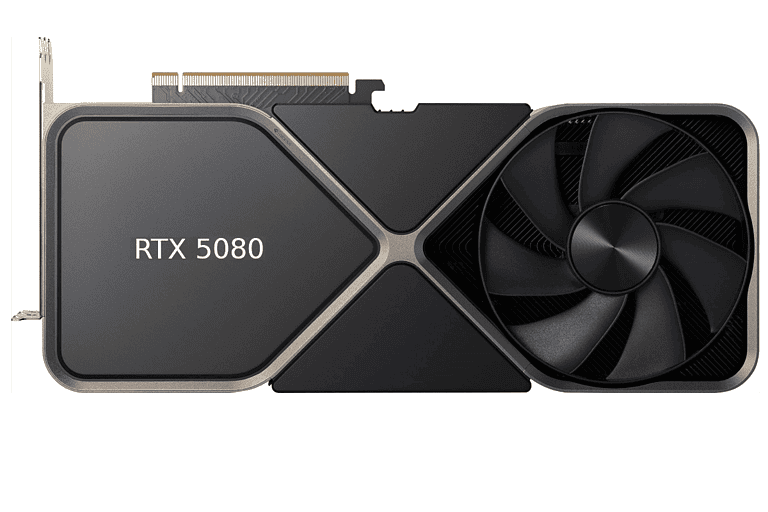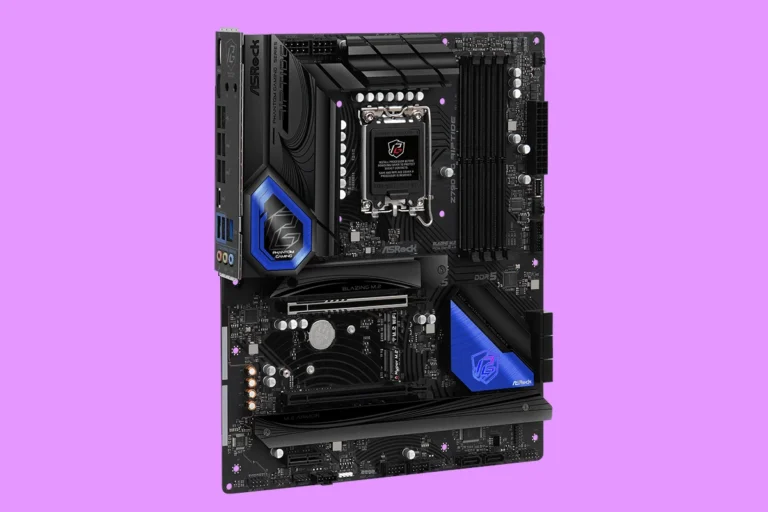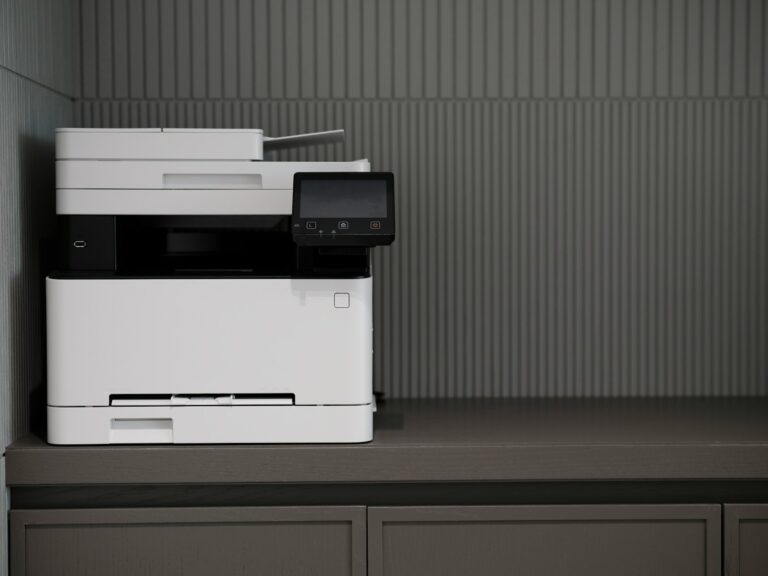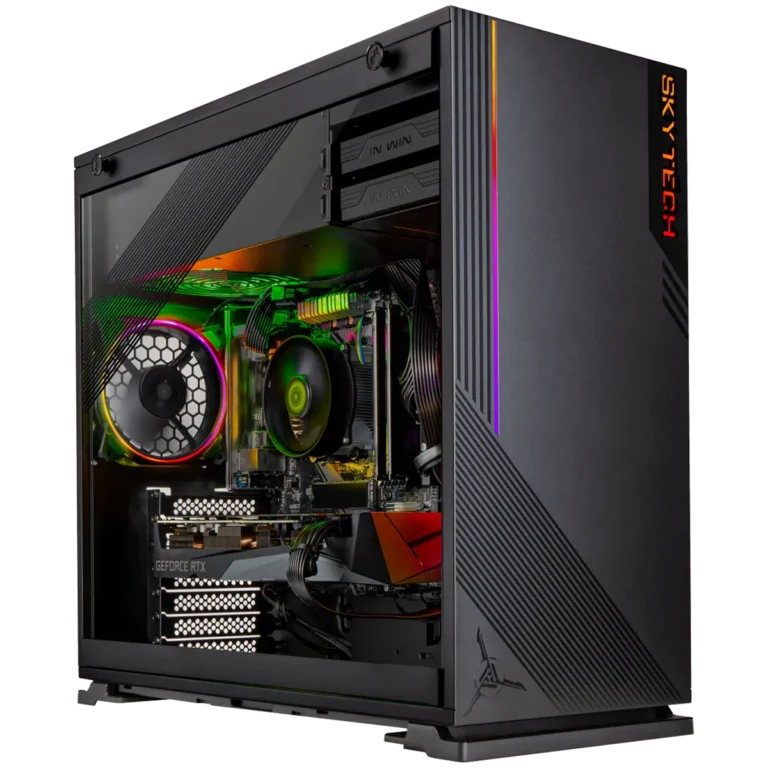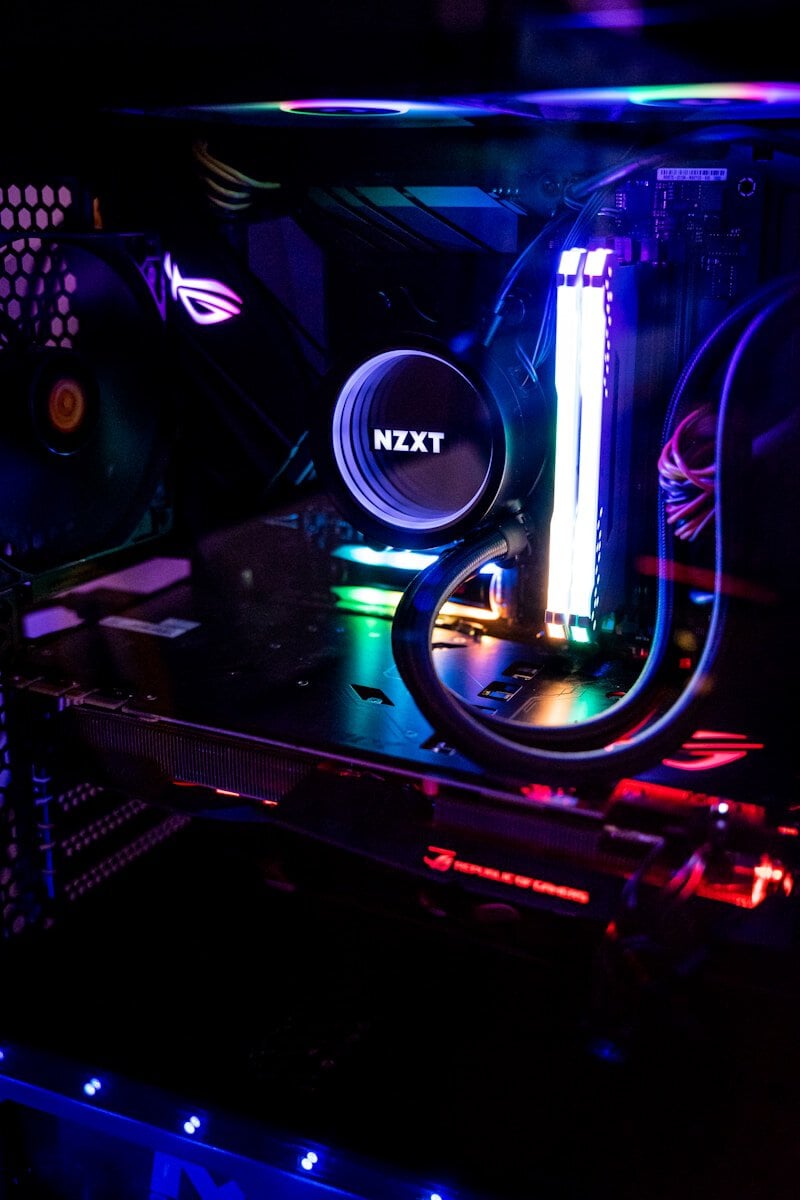
Keeping your computer’s CPU and GPU at the right temperature is crucial for performance and longevity. Many gamers and PC users worry about their hardware getting too hot. But what are normal CPU and GPU temps?
For most CPUs, temperatures between 40-75°C (104-167°F) are normal during typical use. When gaming or doing heavy work, CPUs can safely reach 70-85°C (158-185°F). GPUs have a bit more heat tolerance. They usually run at 60-70°C (140-158°F) under load but can go up to 80-90°C (176-194°F) without issues.
These ranges can vary based on the specific hardware and cooling setup. High-end processors may reach the upper end of these ranges during intense gaming sessions. It’s important to keep an eye on temperatures to make sure they don’t get too high. If temps go above these ranges often, it might be time to check the cooling system.

Understanding CPU and GPU Temperatures
Knowing the normal operating temperatures for your CPU (Central Processing Unit) and GPU (Graphics Processing Unit) is crucial for maintaining the health and performance of your computer. While ideal temperatures can vary depending on the specific hardware and workload, here’s a general guideline:
Normal CPU Temperatures
| CPU State | Temperature Range (°C) |
|---|---|
| Idle | 30-40°C |
| Normal Load (web browsing, office tasks) | 40-60°C |
| High Load (gaming, video editing) | 60-80°C |
| Maximum Safe Temperature | Generally below 90°C, but varies by CPU model |
Normal GPU Temperatures
| GPU State | Temperature Range (°C) |
|---|---|
| Idle | 30-45°C |
| Normal Load (web browsing, video playback) | 45-65°C |
| High Load (gaming, 3D rendering) | 65-85°C |
| Maximum Safe Temperature | Generally below 90°C, but varies by GPU model |

Factors Affecting Temperatures
Several factors can influence CPU and GPU temperatures:
- Ambient Temperature: Higher room temperatures will naturally lead to higher component temperatures.
- Workload: Demanding tasks like gaming and video editing push the hardware and generate more heat.
- Cooling Solution: The efficiency of your CPU cooler (air or liquid) and case fans significantly impacts temperatures.
- Overclocking: Increasing clock speeds beyond factory settings generates more heat and requires better cooling.
- Case Airflow: Good airflow within the computer case is essential for dissipating heat.
Monitoring Temperatures
You can monitor your CPU and GPU temperatures using various tools:
- BIOS/UEFI: Access your computer’s BIOS/UEFI settings during startup to view temperatures.
- Monitoring Software: Programs like HWMonitor, Core Temp, and MSI Afterburner provide real-time temperature readings.
- GPU Software: NVIDIA GeForce Experience and AMD Radeon Software include temperature monitoring features.
Key Takeaways
- Normal CPU temps range from 40-85°C depending on use
- GPUs can safely operate at 60-90°C under load
- Monitoring temps helps prevent overheating issues
Understanding CPU and GPU Temperature Ranges
CPU and GPU temps play a big role in how well a computer works. Knowing the right temps helps keep your system running smoothly.
Normal Operating Temperatures
CPUs typically run between 40°C to 75°C during regular use. This range can change based on what you’re doing. For example:
• Light tasks: 40°C to 50°C
• Heavy tasks: 60°C to 75°C
GPUs often run a bit hotter, from 60°C to 85°C. When gaming, it’s normal for GPUs to reach the higher end of this range.
Idle temps are lower. CPUs and GPUs might sit at 30°C to 40°C when not in use. These numbers can vary based on your setup and room temp.
Factors Affecting Temperatures
Several things can change how hot your CPU and GPU get:
- Workload: Harder tasks make chips hotter
- Cooling: Better fans or water cooling lower temps
- Room temp: A hot room means hotter parts
- Dust: Too much dust traps heat
- Airflow: Good case airflow helps cool things down
The temp of the room, called ambient temp, plays a big role. A cooler room helps keep your PC parts cooler too.
Maximum Safe Temperatures
Every CPU and GPU has a top safe temp. Going over this can hurt the part or make it slow down.
For most CPUs, the max safe temp is around 95°C to 100°C. AMD and Intel chips have slightly different limits:
• AMD Ryzen: 95°C max
• Intel Core: 100°C max
GPUs also have limits. Most modern GPUs can handle up to 95°C. But it’s best to keep them under 85°C for long-term use.
If your parts get too hot, they’ll slow down to protect themselves. This is called thermal throttling. It’s best to keep temps well below the max to avoid this.
Maintaining Optimal Temperatures
Keeping your CPU and GPU cool is key for better performance and longer life. Good cooling systems, airflow, and regular cleaning help a lot.
Effective Cooling Solutions
Air coolers and liquid cooling are two main options for CPUs. Air coolers use fans and heatsinks. They’re cheap and easy to install. Liquid cooling uses water to move heat away. It’s more powerful but costs more.
For GPUs, most cards come with built-in fans. Aftermarket GPU coolers can help lower temps even more. These attach to your card and provide extra cooling.
Liquid cooling for GPUs is also an option. It’s very effective but needs more setup. Some high-end cards come with built-in liquid cooling.
Managing Internal Airflow
Good airflow in your PC case is vital. It helps remove hot air and bring in cool air. Here are some tips:
- Use case fans to create airflow
- Put intake fans at the front and bottom
- Put exhaust fans at the back and top
- Keep cables tidy to not block airflow
- Leave space between components
A good rule is to have more intake than exhaust fans. This creates positive pressure and helps keep dust out.
Periodic Maintenance
Regular upkeep helps keep temps low. Here’s what to do:
- Clean dust from fans and components every few months
- Check and replace thermal paste every 1-2 years
- Update GPU drivers for better fan control
- Monitor temps with software like MSI Afterburner
Dust can clog fans and trap heat. Use compressed air to clean it out. Thermal paste helps transfer heat from CPUs and GPUs to coolers. Old paste can dry out and work less well.
Keep an eye on your temps. If they start climbing, it might be time for a cleanup or new cooling solution.
Frequently Asked Questions
CPU and GPU temperatures vary based on usage and environment. Normal ranges exist for different scenarios. Knowing safe limits helps prevent damage to computer parts.
What is the typical temperature range for a CPU while under load?
The ideal CPU temperature during gaming is between 70°C and 85°C. For regular tasks, CPUs should stay between 40°C to 75°C. These ranges keep the CPU running well without getting too hot.
What is the safe operating temperature for a GPU during intensive tasks?
GPUs should stay at or below 85°C during heavy use. This limit helps the GPU work hard without overheating. Staying under this temp keeps the GPU safe and working for a long time.
How do normal CPU temperatures differ between idle and heavy usage?
CPUs run cooler when idle. They heat up more during heavy use. Idle temps are often 30-40°C. Under load, they can reach 70-80°C. This change is normal as the CPU works harder.
What are considered safe temperature thresholds for laptop CPUs and GPUs?
Laptop parts can run a bit hotter than desktop ones. Safe temps are usually up to 90°C for CPUs and GPUs. Laptops have less space for cooling, so higher temps are common. But they shouldn’t go above 95°C for long.
How does ambient temperature affect CPU and GPU temperatures?
Room temp affects computer parts. Hotter rooms make CPUs and GPUs run hotter too. A cool room helps keep parts cooler. Good air flow in the room also helps lower computer temps.
At what temperature should I be concerned about my CPU and GPU during operation?
Temps above 90°C for CPUs and GPUs are worrying. At this point, parts may slow down to protect themselves. Long-term high temps can harm parts. It’s best to check cooling if temps often go this high.
How can I lower my CPU or GPU temperature?
To lower temperatures, you can try improving case airflow, reapplying thermal paste to the CPU or GPU, upgrading to a better cooler, or cleaning dust from fans and vents.
What happens if my CPU or GPU gets too hot?
If temperatures exceed safe limits, your computer may experience performance issues, crashes, or even permanent hardware damage. Thermal throttling may kick in to reduce performance and prevent overheating.
Is it safe to run my CPU or GPU at maximum temperature?
While components can handle their maximum temperatures for short periods, prolonged operation at those levels can shorten their lifespan and increase the risk of damage. Aim for temperatures within the normal ranges for optimal performance and longevity.

